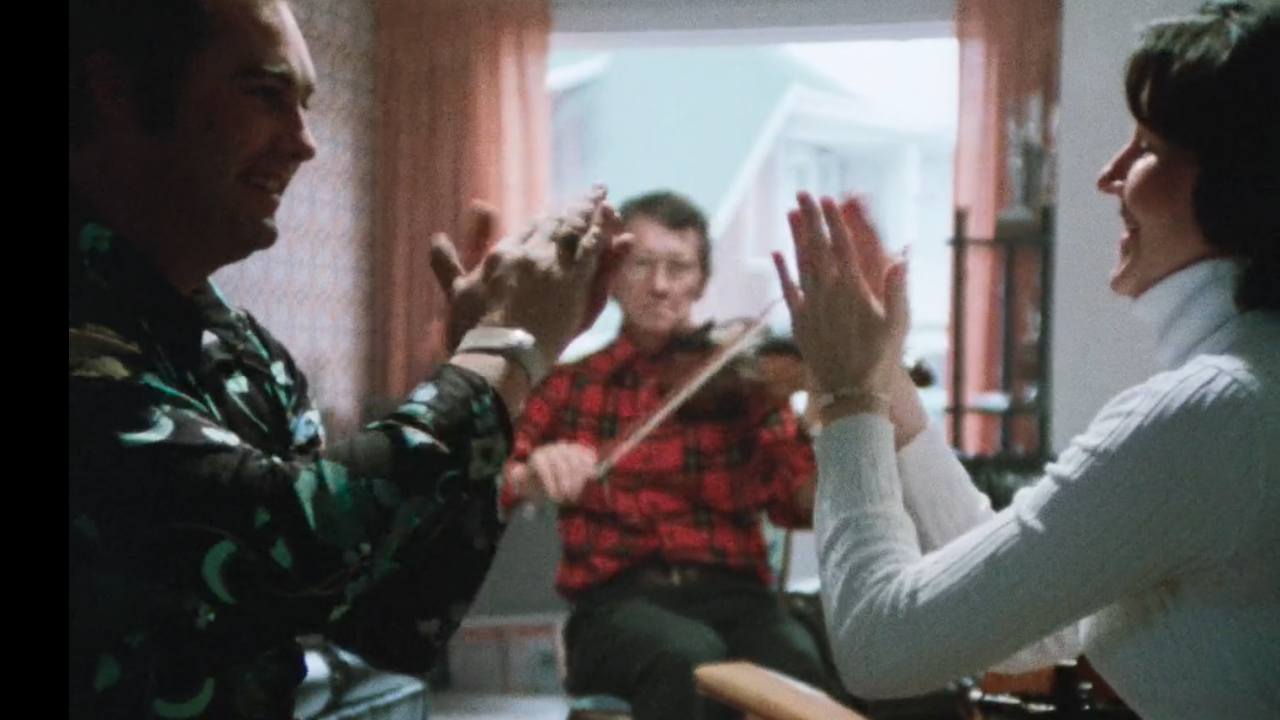
Higher Learning | To Kill a Tiger
Higher Learning | To Kill a Tiger
How to Change the World: The Power and Limits of the Law
To Kill a Tiger, Nisha Pahuja, provided by the National Film Board of Canada
To Kill a Tiger, a cinematic documentary by Nisha Pahuja, is a profound and closely observed story about a family in India seeking justice for a horrific crime. The crime, we learn at the opening of the film, is the gang rape of a 13-year-old girl from a small village.
The story that unfolds is not about the details of the crime itself or finding out who perpetrated it. It’s about the girl’s father’s search for justice in the face of social pressure. We often think of standing up against injustice as a matter of public protest, social media posting, or criticizing opponents. But what happens when pursuing justice includes personal sacrifice, social ostracism and potentially cutting yourself off from your community?
I teach a lot of students who are planning to apply to law school, often because they see the law as the primary way to promote the cause of justice. This film shows, in a very different cultural context, the power and limits of the law as a tool for social change. It provides insight into the subtle ways in which injustice is perpetuated, and the moral conviction that can be necessary to confront oppression.
The protagonist of the film, Ranjit, is a poor and relatively powerless villager in India. When his daughter is raped by fellow villagers, he is told by village elders and leaders to marry her to one of her assailants to remove the “stain” from his family. He and his family choose to pursue the more difficult path of seeking justice through the courts.
Ranjit is told repeatedly that he must choose between preserving the stability and cohesion of his village and seeking justice for his daughter. He rejects this dichotomy because he knows that in its current state, the unity of the village does not include his family’s well-being. To Kill a Tiger demonstrates how in a culture that subordinates women, the presence of justice is one of the essential elements that contribute to the kind of social cohesion and unity Ranjit and his family fight for.
Violence against women and the role of men
In many societies, violence by men against women has long gone unpunished, raising the question of where the axis of social change might be. How do we overcome this historical and ongoing injustice? Does it primarily lie with individuals or social structures? Will it be achieved through the empowerment of women alone, or do men also have a role in the solution?
Most of the people who speak throughout the film are men. Some regret the crime but don’t want to see the perpetrators punished, blaming the victim almost as much as the perpetrators. Others are ambivalent but don’t really make an effort to change anything. But there are others, like Ranjit and the staff of the Srijan Foundation—an advocacy group that accompanies him to bring forward the legal case—who confront the oppressive norms and structures that subordinate women.
Having men at the forefront of the legal process involved in addressing this case is natural in a society that gives prominence to the role of men over that of women. As a staff member of the Srijan Foundation says, “We thought empowering women would help, but it wasn’t enough. We have to work with men.” However, violence against women is also an issue that goes beyond relationships between men and women.
The invisible systems of oppression
To Kill a Tiger highlights the powerful way invisible systems of oppression allow violence to be excused and overlooked in the interest of social stability. We can see this in the pressure faced by Ranjit to marry his daughter to one of the men who raped her as a “compromise” that will preserve the unity of the village. However, Ranjit and his daughter won’t consider it. As a consequence, they are ostracized and blamed by the rest of the village.
How to change culture?
The central question of the film, therefore, is how to transform these systems of oppression. We might readily think of political activism and legal reform as the most effective ways to create change. Indeed, at several points throughout the film, mention is made of the Protection of Children from Sexual Offences Act, passed by the Indian legislature in 2012.
The Srijan Foundation was involved with Ranjit’s case out of an interest in helping him to obtain a conviction under this law, which attracts resources to the case. It’s also wielded as a threat to local leaders that they’ll be culpable if they fail to cooperate with the case. While legal reform can mobilize resources, channel activism and promote accountability, the existence of the law didn’t protect Ranjit’s daughter from being raped.
The law also couldn’t change the culture of his village or the attitudes of neighbours, who became increasingly hostile and antagonistic towards both him and the filmmakers over the course of the legal proceedings. The point is made most clearly by a village leader, who tells Ranjit that the “stain” on his daughter can only be removed if the village wants it. “The law can’t do it,” he says.
“Always do the right thing”
Students in my undergraduate law and policy studies classes find themselves acknowledging the challenge people face in actually doing the right thing, especially when it costs them money, time or social status. But Ranjit and his family choose, repeatedly, to pursue the cause of justice.
Even though they are poor, disadvantaged and socially marginalized, they are not entirely powerless. While they are supported by the Srijan Foundation and, to some extent, by the legal system, it’s their perseverance and moral integrity that help to keep the case before the courts.
Ranjit’s actions are clearly inspired by his daughter’s integrity. When asked if she thinks it took courage to persevere through many difficulties to seek justice, she answers: “I just think that you should do your duty, and always do the right thing. Never make the wrong choice… I mean, we weren’t born to walk the wrong path. To do good, to build a better future… isn’t that why God created us in the first place?”
Referring to the support of her parents, she adds, “Those who walk with their steps in unison never fail.” Ranjit says, “When I think of her, my fear goes away.” He continues later in the film, “I don’t want them [my children] to be as powerless as I have been. Despite poverty, I have tried to teach them good values. That is my hope.”
The law and social change
To Kill a Tiger is an excellent example of how the law, or legal reform, doesn’t singlehandedly create social and cultural change. But without the law, the injustice perpetrated against Ranjit’s daughter would have gone unpunished.
However, what turns the law into an instrument of justice is ultimately the moral integrity of Ranjit’s daughter and his family. It required incredible sacrifice to take this difficult path, and while we don’t know how things ultimately turn out for the family, the film suggests that the results of the court case have significantly shifted the culture of Ranjit’s village. To Kill a Tiger demonstrates the way that social change requires both legal reform and the sacrificial, persistent and morally convicted actions of individuals.
Geoffrey Cameron is Assistant Professor in the Department of Political Science at McMaster University.
Pour lire cet article en français, cliquez ici.
Discover more Educational blog posts | Watch educational films on NFB Education | Watch educational playlists on NFB Education | Follow NFB Education on Facebook | Follow NFB Education on Pinterest | Subscribe to the NFB Education Newsletter



